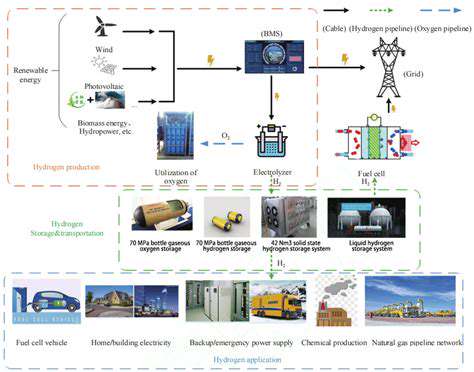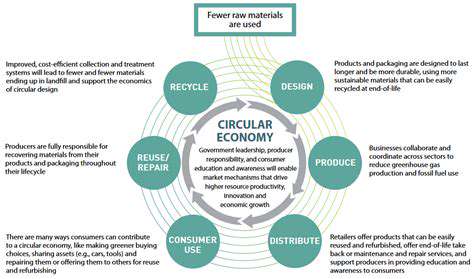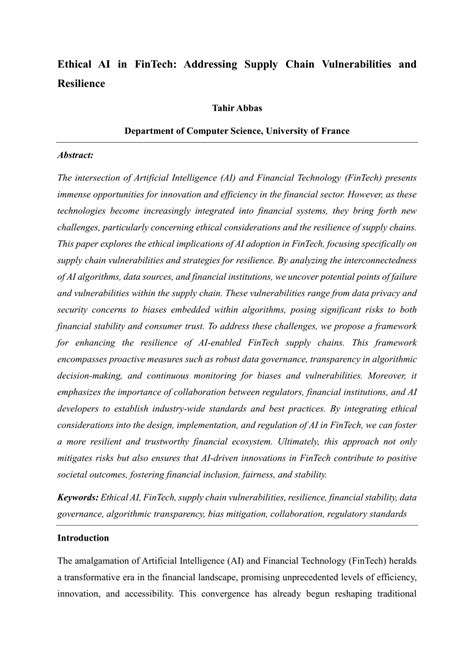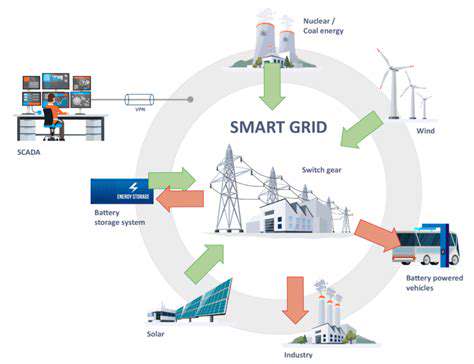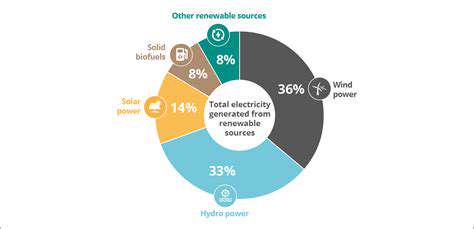The Role of Green Hydrogen in Achieving Net Zero Emissions
Climate scientists worldwide agree: atmospheric changes directly correlate with human activity. Each year of delayed action compounds the problem, making eventual solutions more complex and expensive. Immediate, comprehensive action offers our best chance to stabilize global systems before reaching irreversible tipping points.
The Challenges of Conventional Decarbonization Strategies
Renewable energy sources like solar panels and wind turbines represent crucial tools, yet they come with limitations. Cloudy days still interrupt solar generation, while calm periods reduce wind farm outputs. Storing this intermittent energy remains technologically challenging and expensive. Perhaps most critically, we must ensure this transition doesn't leave vulnerable communities behind—access to clean energy should be universal, not a privilege.
Fossil fuel dependence permeates global economic structures, from job markets to infrastructure. Untangling this web requires thoughtful policy frameworks that anticipate economic ripple effects while protecting workers in transitioning industries. Social considerations must weigh equally with technological ones in this complex equation.
The Promising Potential of Green Hydrogen
Imagine harnessing sunlight and wind to split water molecules, creating a clean-burning fuel with zero emissions. This isn't science fiction—it's the reality of green hydrogen technology. Particularly promising is its application in sectors like steel manufacturing and long-haul shipping, where battery alternatives currently fall short. As an energy carrier, hydrogen could solve renewable energy's storage dilemma, effectively bottling sunlight and wind for later use.
Realizing this potential requires substantial investment in electrolyzer technology and distribution networks. Researchers continue improving efficiency while bringing down costs—essential steps toward making this solution commercially viable at scale. When perfected, this technology could revolutionize how we power industries previously considered impossible to decarbonize.
Harnessing Renewable Energy for Hydrogen Production
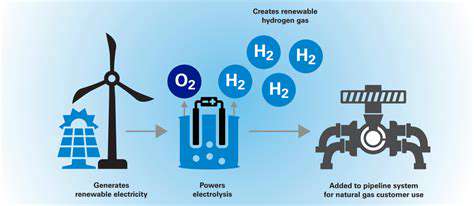
Harnessing Solar Power for Sustainable Energy
Sunlight represents nature's most abundant energy stream, delivering more power to Earth in one hour than humanity uses annually. Modern photovoltaic technology continues breaking efficiency records while production costs plummet—trends that make solar increasingly accessible. Strategic placement in sun-rich regions could transform deserts into powerhouses of the hydrogen economy. Emerging technologies like perovskite solar cells promise even greater efficiencies in coming years.
Policy frameworks significantly influence solar adoption rates. Forward-thinking governments implement feed-in tariffs and tax incentives that accelerate deployment. When combined with household battery systems, solar transforms from supplemental power to primary energy source—a crucial step toward energy independence.
Exploring Wind Power's Potential for Energy Independence
Modern wind turbines represent engineering marvels, with some single turbines now capable of powering thousands of homes. Offshore wind farms leverage stronger, more consistent ocean winds while minimizing land use conflicts—a win-win for energy production and conservation. Advanced forecasting systems now predict wind patterns with remarkable accuracy, allowing better grid integration.
The latest turbine designs feature adaptive blades that adjust to wind conditions in real-time, maximizing energy capture while minimizing mechanical stress. Floating turbine technology now unlocks wind resources in deep waters previously considered inaccessible—vastly expanding potential generation capacity.
Integrating Hydropower and Geothermal for Enhanced Energy Security
Water power remains the workhorse of renewable energy, providing consistent baseline generation. Modern pumped-storage systems act as giant batteries, storing excess energy by moving water uphill during low demand. Small-scale hydro installations minimize environmental impact while bringing power to remote regions, demonstrating the technology's versatility.
Geothermal taps into Earth's internal heat—a constant, reliable energy stream unaffected by weather. Enhanced geothermal systems now allow access to this resource in areas without natural hot springs. Iceland's successful transition to nearly 100% renewable energy, largely geothermal-powered, provides a compelling case study for other volcanic regions.
Decarbonizing Hard-to-Abate Sectors
Capturing Emissions in Industrial Processes
Traditional manufacturing methods for steel and cement contribute disproportionately to global emissions due to their extreme heat requirements. Hydrogen could revolutionize these processes by providing high-temperature heat without combustion byproducts. Pilot projects already demonstrate hydrogen's potential in direct reduced iron (DRI) steelmaking—a crucial step toward greener infrastructure.
Hydrogen for Transportation and Heavy-Duty Vehicles
While electric vehicles gain popularity for personal transport, hydrogen fuel cells better suit heavy machinery and long-haul trucking. Unlike batteries that require lengthy recharging, hydrogen vehicles refuel comparably to diesel trucks—a practical advantage for logistics operations. Major ports worldwide now integrate hydrogen-powered cargo handling equipment, proving the technology's real-world viability.
Green Hydrogen in Power Generation
Gas turbine plants could transition to hydrogen blends, reducing emissions while maintaining grid stability. Some facilities already mix up to 30% hydrogen with natural gas—a transitional approach toward fully carbon-free generation. Seasonal energy storage represents another critical application, storing summer's excess renewable energy for winter demand peaks.
Policy and Incentives for Green Hydrogen Deployment
Effective policy frameworks must address the chicken-and-egg dilemma of hydrogen infrastructure. Production facilities need guaranteed demand, while end-users require reliable supply chains. Carbon pricing mechanisms could level the playing field by accurately reflecting fossil fuels' environmental costs. International standards for hydrogen purity and transportation safety will facilitate global trade in this emerging commodity.
The global energy transition presents both unprecedented challenges and opportunities. Workers in traditional energy sectors deserve retraining programs and economic safeguards during this transition. Thoughtful policy design can ensure the clean energy revolution lifts all communities rather than leaving some behind.
The Future of Green Hydrogen in a Sustainable Energy Landscape
The Growing Demand for Renewable Energy Sources
Energy markets increasingly reflect environmental priorities, with corporations and governments setting ambitious decarbonization targets. This creates strong market pull for clean alternatives like green hydrogen. As climate policies tighten globally, carbon-intensive industries face growing pressure to adopt sustainable solutions—accelerating hydrogen's market penetration.
Electrolysis: The Key to Green Hydrogen Production
Next-generation electrolyzers promise dramatic efficiency improvements through advanced catalyst materials and optimized cell designs. Some prototypes already achieve 80% efficiency—approaching theoretical limits. Scaling production will follow classic learning curves, with costs projected to halve by 2030 as manufacturing scales up.
The Role of Renewable Energy Integration
Strategic colocation of hydrogen facilities with renewable generation minimizes transmission losses and infrastructure costs. Some projects now use curtailed renewable energy—electricity that would otherwise go unused during periods of oversupply—to produce hydrogen at near-zero marginal cost. This symbiotic relationship enhances the economics of both technologies.
Green Hydrogen's Applications Across Industries
Beyond heavy industry, hydrogen could decarbonize residential heating through fuel cell micro-CHP systems. These units generate both heat and electricity with higher efficiency than separate systems. Maritime shipping also eyes hydrogen-derived ammonia as a carbon-neutral alternative to bunker fuel—a critical step for cleaning up global trade routes.
The Economic and Societal Impacts of Green Hydrogen
The hydrogen economy could generate millions of skilled jobs worldwide, from engineers designing next-gen electrolyzers to technicians maintaining hydrogen refueling stations. Developing nations with abundant renewable resources might emerge as energy exporters—reshaping global energy geopolitics. As with any major transition, thoughtful policies must ensure equitable distribution of benefits across all socioeconomic groups.
